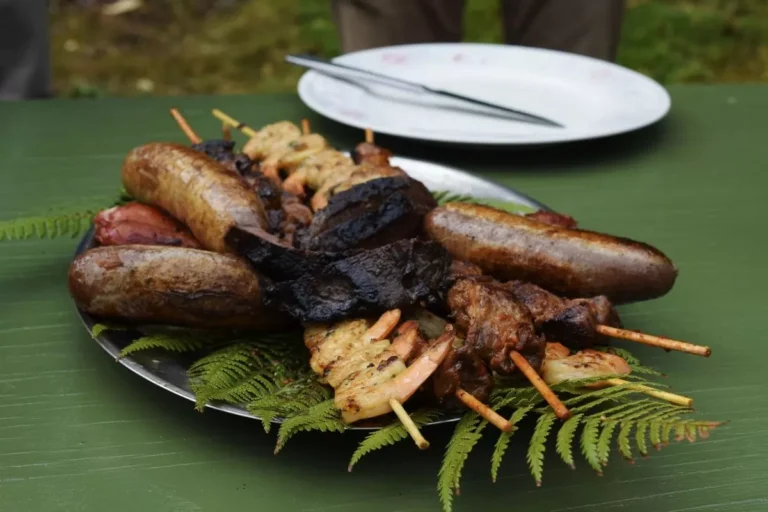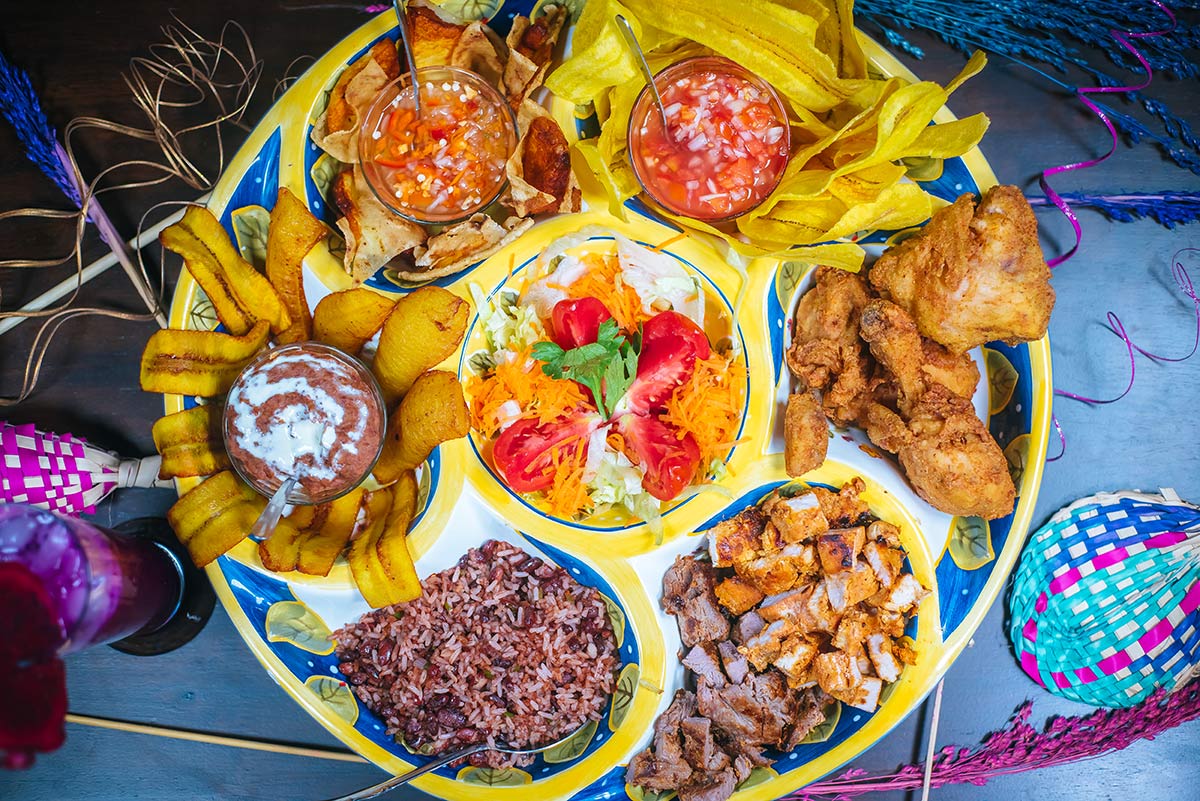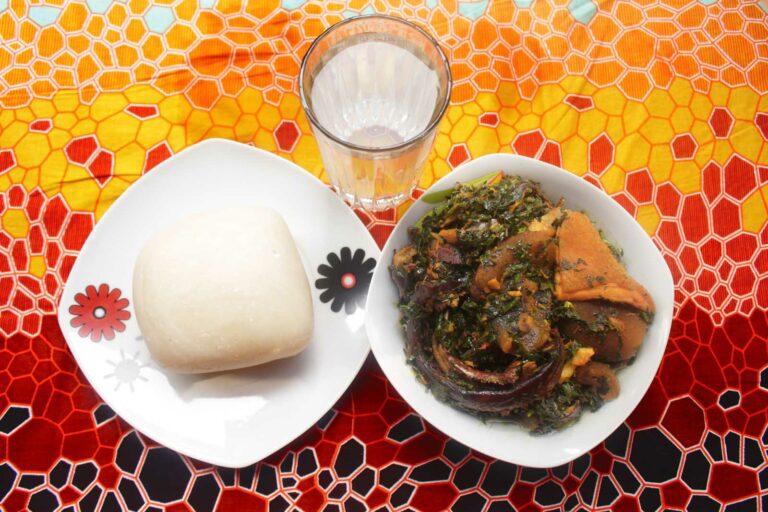Introduction: New Zealand cuisine
New Zealand cuisine is a blend of indigenous Maori and immigrant Pacific Rim influences. It is known for its fresh and natural ingredients, with a focus on seafood, lamb, beef, and vegetables. The cuisine is also influenced by the country’s diverse climate and geography, resulting in a unique culinary identity.
An overview of the ingredients used
New Zealand has a rich and diverse range of ingredients, including both local produce and imported ingredients. Some of the most common ingredients used in New Zealand cuisine include seafood such as paua, crayfish, and oysters, lamb and beef, kiwi fruits, avocados, sweet potatoes, and kumara.
Unique ingredients in New Zealand cuisine
New Zealand has a number of unique ingredients that are not found elsewhere in the world. One of the most famous is the Manuka honey, which is produced by bees that collect nectar from the Manuka tree. It is known for its antibacterial properties and is used in both sweet and savory dishes.
Another unique ingredient is the horopito, a native pepper that is used to add spice to dishes. It has a strong peppery taste with a hint of citrus and is often used in rubs for meats or added to sauces.
The Maori influence on New Zealand cuisine
The Maori people, who are the indigenous people of New Zealand, have had a significant influence on the country’s cuisine. They have introduced unique ingredients such as kawakawa, which is a native herb used to add flavor to dishes, and kumara, which is a type of sweet potato that is used in a variety of Maori dishes.
The Maori also have a strong tradition of using a Hangi, which is a traditional way of cooking food using hot stones. This method is still used today and is often seen at special occasions or events.
Examples of dishes using unique ingredients
One of the most famous dishes in New Zealand is the Pavlova, which is a meringue-based dessert topped with whipped cream and fruit. It is often made using kiwi fruit, which is one of the most iconic fruits of New Zealand.
Another dish that uses unique ingredients is the Maori hangi, which is a traditional dish consisting of meat and vegetables cooked using hot stones. It is often served at special occasions such as weddings or cultural events.
Conclusion: New Zealand’s culinary identity
New Zealand’s cuisine is a reflection of its unique climate, geography, and cultural heritage. It is known for its fresh and natural ingredients, with a focus on seafood, lamb, beef, and vegetables. The country also has a number of unique ingredients, such as Manuka honey and horopito, which have become a part of its culinary identity. The Maori people have had a significant influence on the cuisine, introducing unique ingredients and cooking techniques that are still used today. Overall, New Zealand’s cuisine is a reflection of its diverse and vibrant culture.










